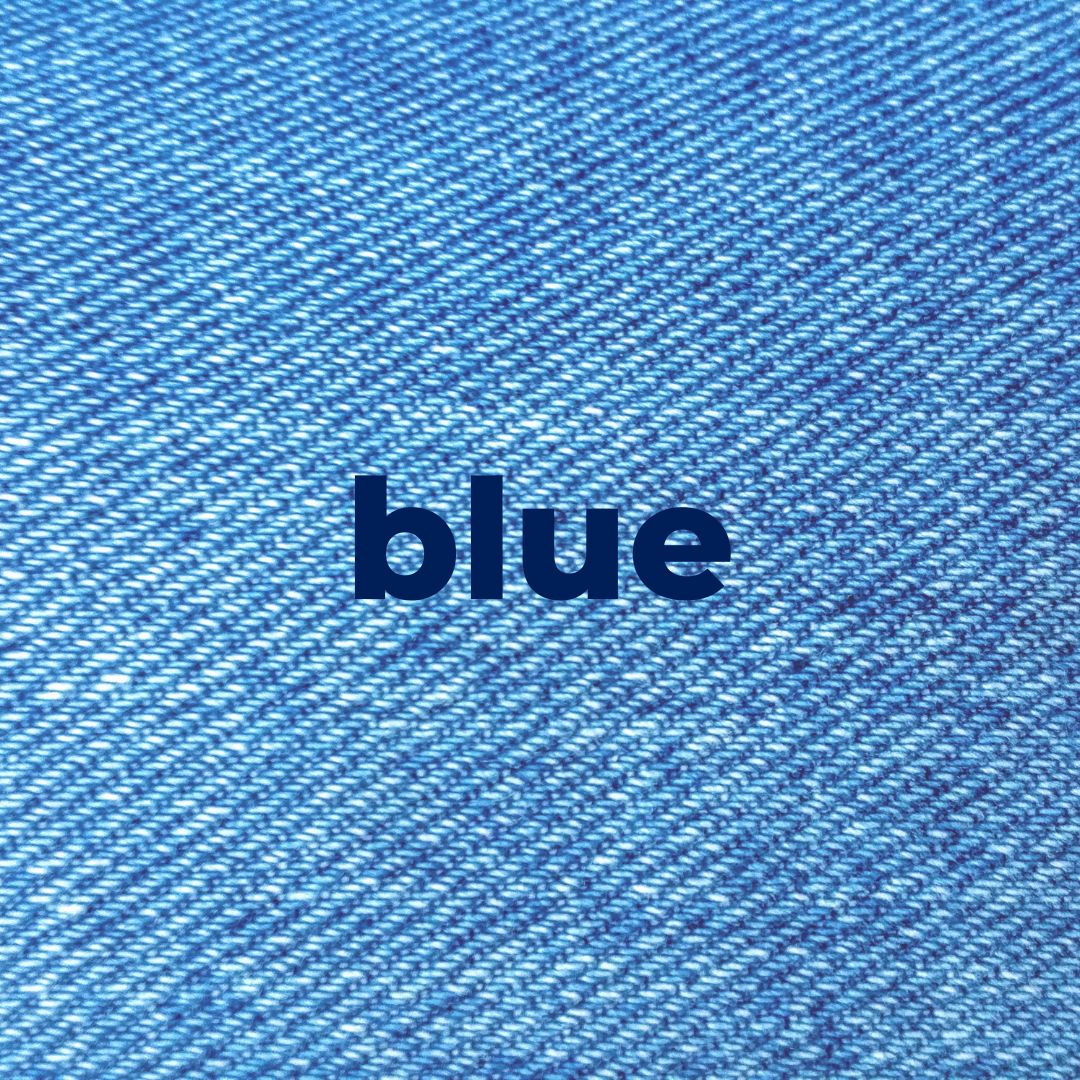
The sky in Amsterdam, Russell Shorto explains in his 2013 book about his adopted hometown, has a striking “rinsed quality” about it. Composed of a “sober light,” he writes, “free of any orange particulate glow,” it gleams sublime in deep and deeper blues as the sun descends each night over the city’s famous canals.
Walking Amsterdam’s inner ring of picturesque waterways at dusk not long ago, looking up, careful to avoid ending up in the canal itself, the sky above struck me as constituted of the most breathtaking blues I’d ever seen. I’d snap a picture, certain the heavens had reached peak beauty, only to be proven wrong again and again over the next hour until night finally fell.
Among all the colors in the world, blue must be the most delightful. Bluebonnets, the robin’s egg, the Pacific Ocean, Earth itself—our own Pale Blue Dot hurtling through space. Then there’s the rare blue diamond, the delicious blueberry, the gigantic blue whale, Josiah Wedgwood’s chalky blue pottery, and those wonderfully faded denim jeans in your closet.
A global survey taken not long ago determined blue—by a wide margin—is humanity’s favorite color. But it wasn’t always this way. For a long time, blue was thought of as barbaric. The ancient Celtic soldiers who dyed their bodies blue before fiercely going into battle might have had something to do with this. However, at some point in the 1100s, this notion changed when the head priest of a French monastery, a man named Abbot Suger, popularized the idea that the color blue was actually divine in nature.
Suger was overseeing the reconstruction of Saint-Denis Abbey at the time and his craftsmen had just perfected a new technique for staining windows with cobalt to create a stirring and durable deep blue color in the glass. They deployed this innovation to remarkable effect. Then, in the next century, the descendants of these artisans did the same in the construction of the new and stunning cathedral at Chartres just outside of Paris.
Perhaps not coincidentally, at about the same time, painters began to depict the Virgin Mary wearing bright blue robes in their art. Next, showing their deep devotion to Mary, the French royal family designed a new coat of arms for themselves featuring a gold fleur-de-lis on a new, bold blue background. The rest of Europe’s nobility quickly followed suit with this royal blue idea, adding the color to many of their family emblems.
Soon armies and navies took up the color. Thereafter, blue became a popular color for wallpapers, paints, and textile dyes for the home. Then in 1842, a British chemist named John Heschel invented a photographic process from which copies of documents could easily be made. The process proved especially useful for architects and engineers who needed duplicates of their technical drawings and the result of Heschel’s invention came to be known as the blueprint.
Over the years, some of our biggest companies reached for blue’s serious, yet optimistic connotations in designing their logos—Ford, IBM, GM, GE, Chase, AMEX, AT&T, and more recently, Samsung, Dell, Facebook, and PayPal, among many others. As Kassia St. Clair puts it in her compelling book, The Secret Lives of Color, the very hue once associated with barbarism has now conquered the world.
But there’s something else about blue. As I watched the sky evolve so magically from light to dark blue that evening in Amsterdam, I felt a kind of an ache, a touch of melancholia inside—something C.S. Lewis called Sehnsucht. It’s a German word that describes a sense of longing, one marked by both joy and sadness. Sehnsucht is like a “tantalising glimpse,” Lewis wrote, of something divine but ineffable just outside your grasp.
“Our commonest expedient,” Lewis said of the experience, “is to call it beauty and behave as if that has settled the matter.” But, this won’t do. Sehnsucht, Lewis insisted, is a pointer, a clue about eternity. “The scent of a flower we have not found, the echo of a tune we have not heard, news from a country we have never yet visited,” he wrote. Though not the thing itself, such an experience, he concludes, is a kind of shaft of light meant to mystically draw us in and toward our Creator.
The color blue has a way of doing this for me. Maybe also for you. If so, whether it’s in the evening sky, in the plumage of an alighting blue jay, in the petals of a flower along the road, or in the divine color of the stained glass in church on Sunday, take it in. It’d be a shame if you blew right by it.
God—Thank You for the color blue. Amen.
— Greg Funderburk





